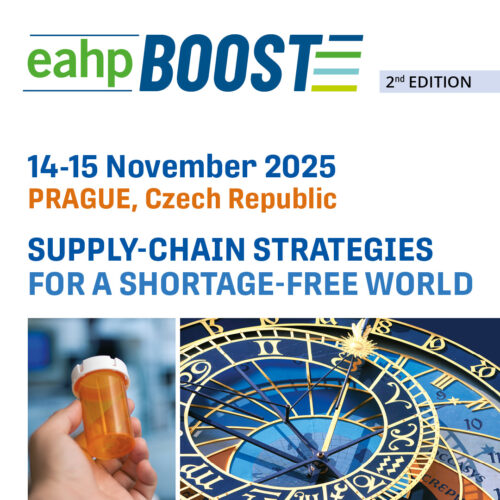Re-using mendeliome data to explore pharmacogenomics implementation: pitfalls and opportunities.
Pdf

European Statement
Clinical Pharmacy Services
Author(s)
Eline Coene , Catharina Olsen, Mathijs Swaak, Freya Vaeyens , Frederik Hes , Stephane Steurbaut, Sonia Van Dooren , Pieter-Jan Cortoos
Why was it done?
Pharmacogenomics has a large potential to optimize individual patients’ both current and future drug therapies. In Belgian hospitals however, pharmacogenomics is still rarely used in clinical practice posing great opportunities for hospital pharmacies to explore this field and setting up new services.
What was done?
The Centre for Medical Genetics (CMG) of UZ Brussel, a 721-bed tertiary hospital in Brussels (Belgium), has been performing next-generation sequencing of mendeliomes for diagnostic purposes since 2016. Pharmacogenomic data is thus potentially available, but currently not further used. As hospital pharmacists, we wanted to explore the possibility of reporting pharmacogenomic information as ‘secondary findings’, in particular prevalence of actionable pharmacogenes and gene-drug interactions (GDIs) in our own population, and to determine required features and opportunities of a future pharmacogenomics project
How was it done?
Firstly, 14 pharmacogenes comprising 626 loci were selected based on available guidelines, clinical relevance and whether the gene was included in the mendeliome gene set. With the support of CMG, we then reviewed available data for patients with a mendeliome analysis between 01/03/2016 and 30/06/2020. To enable haplotype assignment, a Python script was developed displaying possible haplotypes with corresponding ‘matching score’ and ‘completeness score’. Where possible, phasing was done using pedigree information. Resulting phenotypes were finally further linked with medication histories, abstracted from patients’ electronic medical records in order to identify possible GDIs.
What has been achieved?
Pharmacogenomic data could be re-used for 536 individual patients, revealing that at least 76.9% had one or more actionable phenotype while 60 GDIs with varying relevance were found. CYP2C9 had the most actionable phenotypes (174/536) and was involved in 42 GDIs. However, not all phenotypes (e.g. copy-number variants) were detectable for CYP2C19 and CYP2D6 due to limitations of current mendeliome data and used platform.
What next?
Reusing genomic data has great potential and can be an ideal stepping-stone towards developing and implementing pharmacogenomics in other hospital pharmacies but requires a good interplay between pharmacists, geneticists and bio-informaticians. In our hospital this initiative has led to in-depth collaboration between pharmacy and medical genetics department focusing on validation and implementation of a pharmacogenomics-array coupled with implementation of a pharmacogenomics service, next to pharmacological use of whole-genome sequencing data.
























